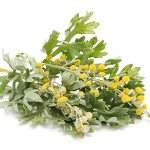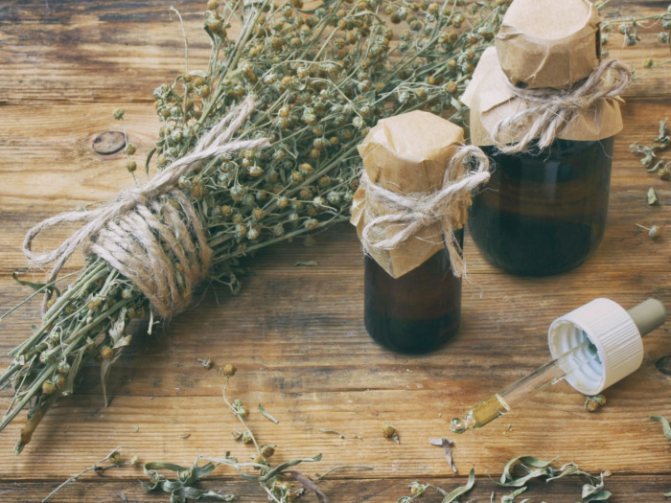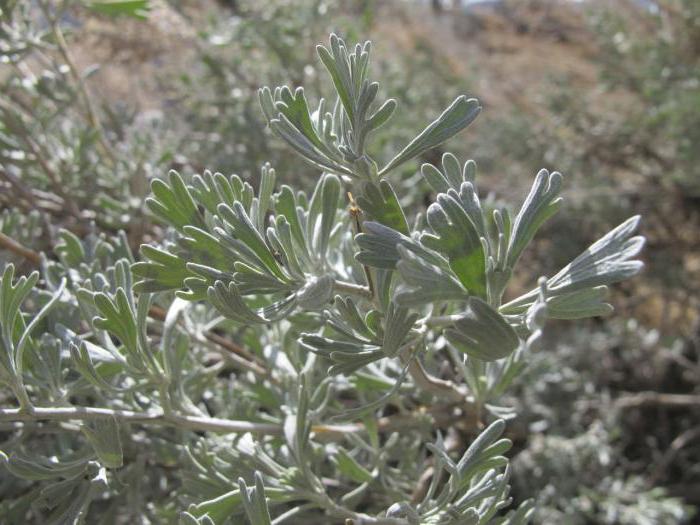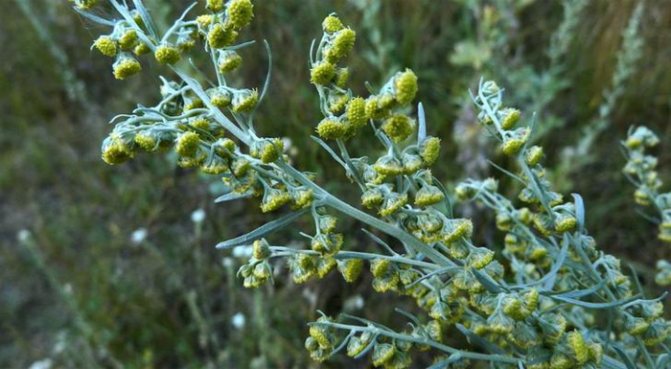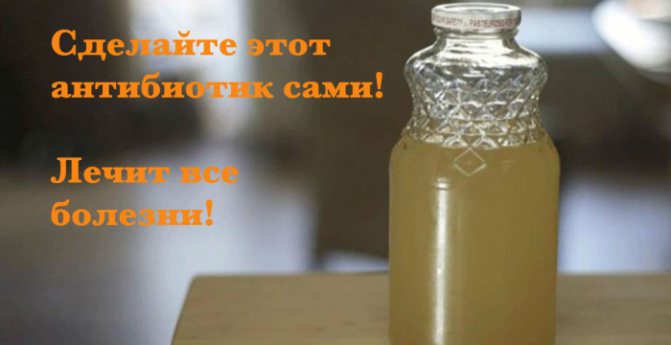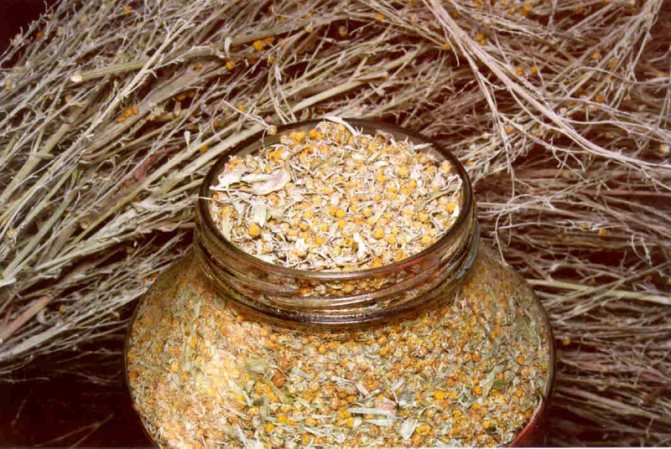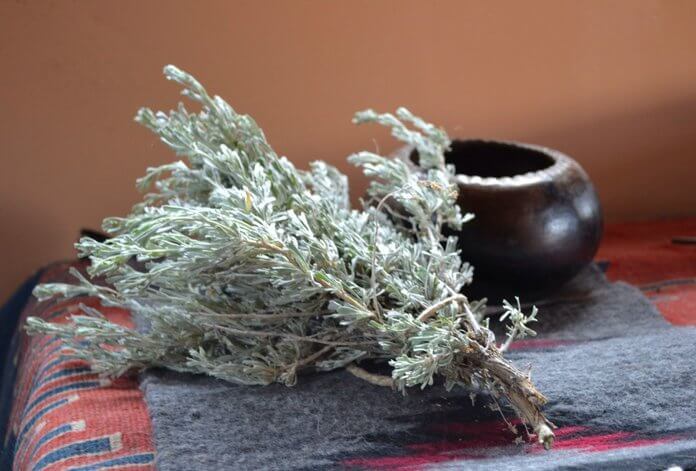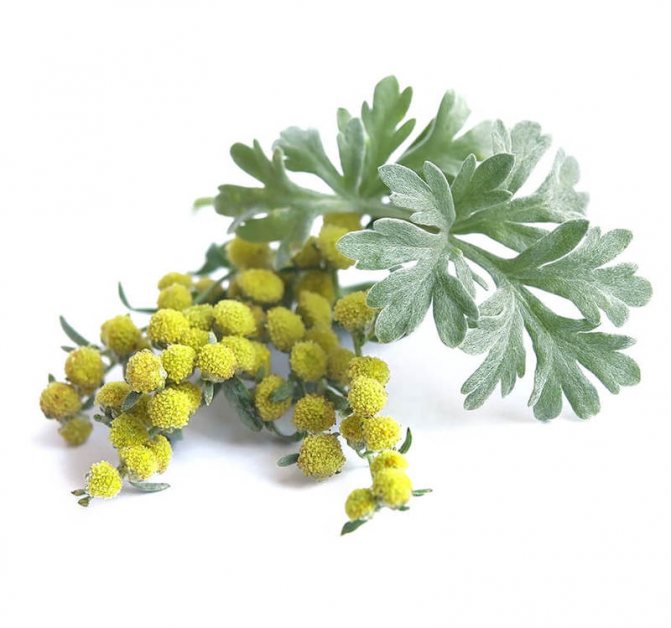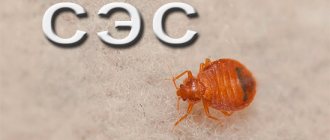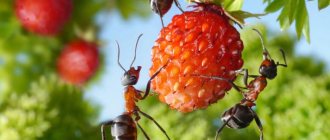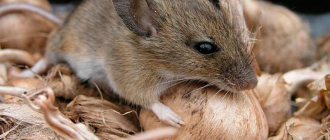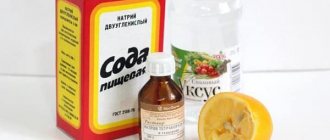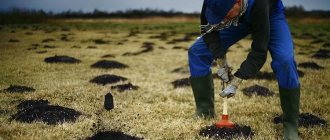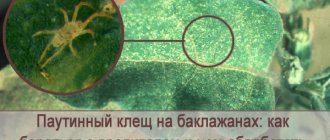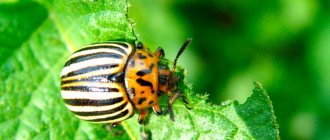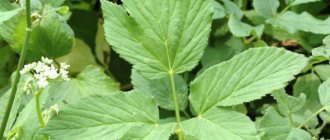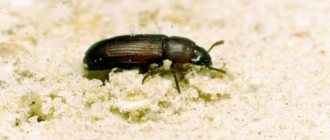Almost no herb from fleas is used by the people as often and in such volumes as wormwood. Perhaps, only tansy in the fight against fleas can make wormwood some competition.
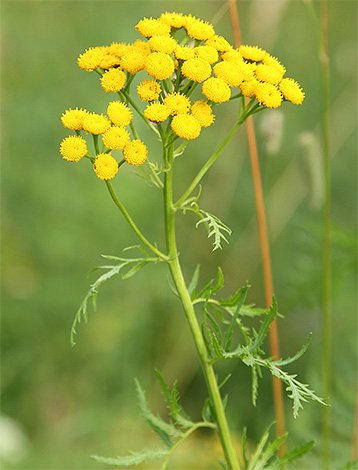
This is not surprising: it is wormwood with its smell that can scare off a variety of insects, and not only parasites. It is used against ants, cockroaches, moths. In villages, even flies fly less into rooms with livestock, in which caring owners have previously laid out wormwood brooms.
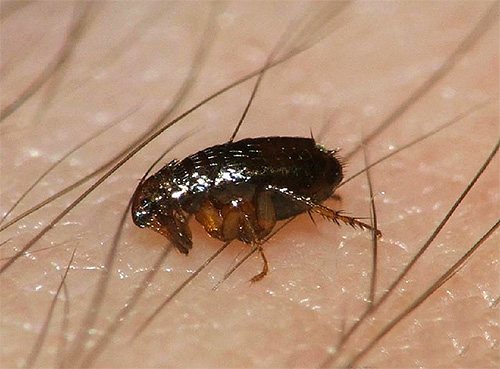

Flea wormwood in rural areas is often used as the main remedy, although it is not able to destroy these parasites. And even today in big cities, where fleas are easily removed in a matter of hours using affordable and safe insecticidal preparations, wormwood helps many pet owners from fleas.
On a note
Flea herbs have never been an absolutely reliable means of removing these parasites: in most cases, the task of herbs is only to repel insects. This is exactly how wormwood works against fleas: if they are already in the room, it is unlikely that it will be possible to remove them with the help of this tool. But wormwood will help prevent fleas from entering the apartment.
At the same time, even in a big city, buying wormwood to scare off fleas is not at all a problem: it is sold in the markets of herbalists, in pharmacies in the form of tinctures and crushed raw materials.
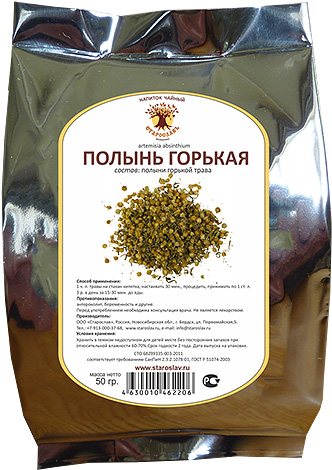

With the right approach, almost any form of wormwood can be used against fleas.
How fleas enter the house
There are many species of fleas, some living in the grass, others under rocks and in the soil. They love a warm, humid climate, and often settle in the basements of multi-storey buildings. Insects endure the cold period of the year, falling into a state close to suspended animation: they do not eat anything and move little. In spring, when the soil warms up enough, fleas hatching from pupae become especially active. To leave offspring, they need to eat hard, and their only source of food is the blood of warm-blooded animals. Therefore, fleas leave their natural shelters in search of sufficient food.
They can easily get into the house by jumping through an open door or window. Fleas enter apartments located on the upper floors together with pets. These insects feed only on fresh blood and hide in fur most of the time. But don't assume that people who don't have pets are out of danger. Often the owner of the dwelling himself brings uninvited guests to the apartment. Flea eggs stick to clothes and shoes, remain on the floor, and under favorable conditions, larvae will soon appear from them.
The favorite place of fleas in the house is old furniture, carpets, baseboards and rugs of pets. The larvae hide in them, pupate and, after hatching, attack domestic animals and even humans. It is almost impossible to detect the larva with the naked eye, and a person notices fleas in the house when there are already too many of them and urgent action is needed. Treating the apartment with chemicals or proven folk remedies will help to cope with them. The most popular of these is wormwood.
Flea wormwood in the house - an affordable tool that the villagers constantly use. Residents of apartment buildings can also use it for pest control.The main thing is that none of the family members are allergic to this plant.
Removing insects from the street
When soil temperatures rise above 45 degrees for at least 2-3 weeks (spring, summer and fall), use hookworms to minimize flea populations.
Nematodes are your best friends, if there are no fleas on the street, they will not be on the dog either.
What are nematodes
They can be purchased at many garden centers and online.
They are ready to use; You just need to add water as indicated on the package. Spray them all over your yard using a hose or watering can.
Since nematodes are living organisms, they need to be used quickly after purchase. Apply them in spring, summer and fall.
Mowing grass
Most people who know me will say that I am not a fan of lawn mowing or lawn mowing in general. However, if you live in an area full of insects, keep your lawn mowed.
Plants that protect
Keep pots of lemon balm, sage, rosemary, catnip, lemongrass, basil, and mint separately from the main “pots” outside. These plants help repel fleas with the natural oils they secrete to keep insects from entering the apartment.
Diatomaceous earth (DE)
You can purchase DE at dog stores, health supplies, and garden centers. Make sure you only buy DE food products. The DE industrial grade is chemically treated and used for swimming pools and manufacturing.
Spread food grade diatomaceous earth outside, in the yard where your dog spends most of his time.
WARNING: DE can irritate your lungs, so wear a mask and make sure animals are not breathing dust. After the dust has settled, DE is safe
Garlic
Garlic
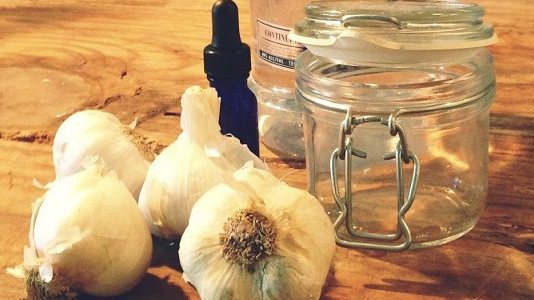

Here's a recipe you can make for spraying the street when the flea population has reached epic proportions.
Garlic infusion for outdoor insects
What you need:
- 8 heads of chopped garlic (no need to peel for this recipe)
- 4.5 liters of boiling water
How to do: • Place the garlic in a large soup pot and pour water into it. • Cover and let the mixture sit for 12 hours. • Pour through the filter into a garden sprayer. • Spray onto lawn and garden area.
Note: when treating the yard with garlic, I will give one tip. If you use the solution too much, garlic can damage some of the beneficial insects, if you don't want to damage the plants, use a gentle spray, do not soak the grass or plants whole in the liquid.
You can make small adjustments to your apartment to keep fleas out.
The action of wormwood on fleas
The stem and leaves of wormwood contain essential oil. It has a pungent, bitter odor that repels not only fleas, but also other insects and even small rodents. Since the visual organs of fleas are poorly developed, it uses the sense of smell as the main source of information about the world around it. The smell of wormwood affects the olfactory organs of a flea as much as the smell of ammonia affects a person.
In addition to quick results, wormwood is appreciated for other features:
- Environmental Safety. The herb is non-toxic, its essential oils are not dangerous, even if inhaled for a long time.
- Harmless to humans and animals. Wormwood is a weak allergen, almost does not cause a negative reaction of the immune system. Animals do not react to the smell of wormwood. Therefore, you can safely use wormwood from fleas in a cat, dogs and other pets.
- Availability. Wormwood can be collected outside the city and even in your own yard, you can buy dry herb or ready-made tincture at the pharmacy.
- Easy to use.You can prepare an infusion or decoction yourself, choosing the right dosage of raw materials.
- No side effects. The smell of wormwood is unpleasant for many people, but its action does not cause any adverse reaction. It can be used in living spaces, even in children's rooms.
Wormwood acts quickly, but its effect lasts only for a few days. The essential oil evaporates quickly and needs to be renewed with fresh grass until the fleas are completely gone. If this is not done, the insects will return again. When the fleas are gone, you can get rid of the smell with the help of simple airing: the remains of the ether will evaporate within 24 hours.
Contraindications
Be sure to remember how any remedy, wormwood has certain limitations in its use.
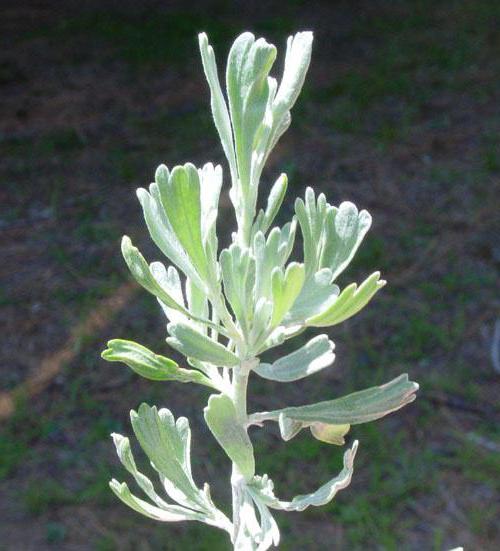

So, the herb is contraindicated:
- pregnant women;
- nursing mothers;
- with enterocolitis;
- anemia;
- bleeding.
The use of wormwood is not recommended:
- with gastritis with low acidity;
- stomach ulcers.
In addition, you should know that wormwood is not intended for long-term use. Excessive addiction to this herb can lead to a breakdown of the nervous system, intoxication of the body. On the background of prolonged use, renal failure sometimes develops, which can lead to extremely tragic consequences.
Doctors and healers recommend using wormwood for about 2 weeks. The maximum duration of therapy can be 1 month. But only if the patient's health did not worsen during treatment. After such therapy, a break is required. Its duration is at least 2 weeks. And best of all - more than one month.
How to use wormwood against fleas
Knowing how to use wormwood from fleas, you can get rid of these parasites in 2-3 weeks. The easiest way is to spread freshly picked grass in your favorite flea habitats: on the floor along the baseboards, next to the pet rugs, under furniture. You can also use dried herb, but it contains much less essential oils.
Wormwood oil
The oil can also be treated with wool and placed around the house poured into small glasses or bowls. To prepare wormwood oil, you need to take a dry plant or dry it fresh in the oven. Chop the plant, fill the jar two-thirds full. Tamp the plant tightly and cover with olive oil. Cover with a lid, put in a cool place for 2 weeks. Shake the jar every day so that the base oil mixes evenly with the wormwood ether. When the oil is ready, strain it through a fine sieve or cheesecloth.
You can use the oil not only to fight fleas. It is suitable for the treatment of many skin diseases, softening scars, and early healing of wounds.
Wormwood tincture
The tincture is used only for processing animal hair. It is prepared on an alcohol basis, and the smell of alcohol for fleas is as unpleasant as wormwood. And the finished tincture will be twice as effective as the decoction.
To prepare the tincture, you need to take a jar with a tight-fitting lid. Fill it up to a third with fresh or dry plant. Pour vodka to the top, close the lid (on top for additional sealing, you can wrap it with cling film) and put it in a cool dark place. It should be infused for a week. Alcohol, mixing with the sap of the plant, will acquire a rich green color and a strong smell. When tincture flea wormwood will be ready, you need to strain it. It should be used as a medicine, applied to the coat with a cotton pad.
Wormwood decoction
Most often, the broth is used when bathing a pet. It is harmless to the skin and does not need to be washed off after the procedure. To prepare the broth, you need a large bunch of freshly picked herbs. It should be chopped up, put in a large saucepan or basin and covered with boiling water.Cover with a lid, leaving to infuse for 7-10 minutes. Cool the finished broth, strain and add 2-3 drops of vinegar to enhance its effect. You need to rinse the animal with broth after bathing. In it, you can wash the rug of the animal and wash the floor in the house.
How to prepare and store wormwood
Not to worry about where to get wormwood in winter, the plant must be prepared in advance. In the village, pet owners collect wormwood in summer and early fall, tie it in large bunches and dry it outdoors. After the wormwood is crushed and put into glass or clay containers.
You can specially go out of town and collect the grass yourself. You need to pluck it on a sunny day, after the morning dew has evaporated. Only healthy plants with strong stems and succulent elastic leaves are suitable. Young grass, on which there are still no flowers, is better not to pick: the concentration of essential oils in it is much lower. The collected plant should be lightly rinsed at home with water, finely chopped and dried. Store in a tightly closed container.
City dwellers may not know where to get sagebrush. Is it sold in pharmacies or you need to buy on special sites - such a question may arise from a person who has never encountered the procurement of medicinal plants. Fortunately, wormwood is a common herb and is sold in almost any pharmacy. The purchased herb must be stored in unopened packages, otherwise the essential oils will quickly disappear.
If you don't feel like making a tincture or oil, you can buy it at the pharmacy instead of the herb itself. The cost of 1 jar of tincture does not exceed 200 rubles, it is enough for 5-10 uses.
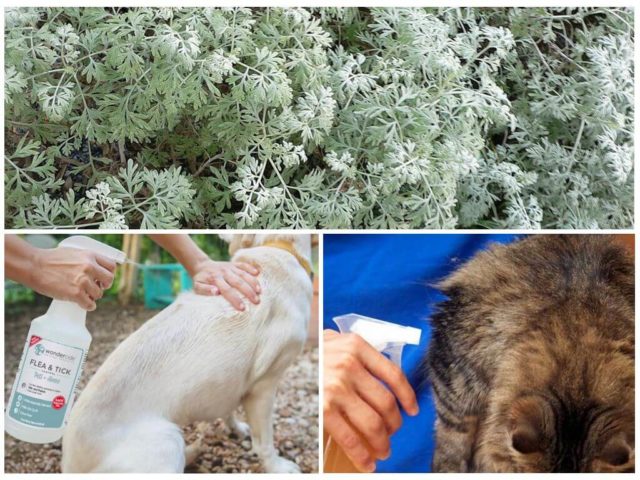

Beneficial features
Before figuring out when to collect wormwood, you need to understand for what purposes this plant is intended and in the fight against what ailments it can help. Therefore, we will initially turn to its composition.
The bitter taste of the herb is dictated by the glycosides contained in it - anabsintin, artabsin, absintin. Wormwood is rich in tannins, saponins, flavonoids, organic acids. In addition, it contains phytoncides, vitamins, and essential oil. But the main component of the herb is a very toxic substance - thujone. Another active ingredient in the plant is chamazulen. This component has high healing properties.
Wormwood, despite the fact that it contains toxic substances and has a bitter taste, is a remedy. It is included in the official pharmacopoeia and is in great demand.
This unique herb has the following properties:
- antispasmodic;
- anti-inflammatory;
- bactericidal;
- stimulating;
- tonic;
- immunostimulating.
It is known that the plant perfectly stimulates the functioning of the gastrointestinal tract, increases appetite, reduces flatulence, and activates the production of bile. In addition, wormwood has a calming effect and provides tissue regeneration. The herb is taken as part of choleretic, gastric charges. Its reception is recommended for puffiness, asthma, pathologies of the gallbladder and liver, malaria. Wormwood is an excellent anthelmintic agent. In addition, it is often used to treat wounds, bruises and injuries.
And recent studies have shown that wormwood also has antitumor and cancer-protective effects.
Flea prevention
Wormwood is excellent for flea prevention. For this you need:
- Once a week, wash the floors with the addition of wormwood decoction;
- if the smell does not irritate, hang bunches of wormwood in the corners of the room;
- rinse the animal's hair with a decoction of wormwood after each bath;
- leave a bunch of wormwood next to the animal's sleeping place and regularly change it to a fresh one;
- wormwood tincture to wipe the legs of furniture, windows and the front door.
If the animal categorically does not like to swim, you can use a spray bottle.A decoction of room temperature must be poured into it and sprayed with the animal's hair. Knowing where to find wormwood and how to store it, the owner will always be able to protect his pet from blood-sucking parasites.
Real reviews on the use of wormwood from fleas
Wormwood-based products have long been helping people fight parasites and rid their pets. To verify this, just read the reviews.
“My grandmother taught me how to use wormwood from fleas in the apartment... The smell is unpleasant, but you can tolerate it. I lay it out in the hallway and next to the rug, in small bunches. The dog has never had fleas, although it walks every day and we didn’t buy a flea collar for it ”Oksana, Moscow.
“Once I noticed that the cat began to itch. I didn't think about fleas, we are in an apartment, a cat does not exist on the street. When I realized that there were fleas after all, I bought a special shampoo, and a neighbor suggested that I could bathe in a broth of wormwood. I bathed her every day for a week and everything passed. Now I already know how to behave if fleas suddenly appear again ”Irina, Tomsk.
“Last year we picked up a puppy on the street. Of course, with a bunch of parasites, and there were fleas too. The veterinarian prescribed different pills, collar. And already at home I remembered that you can still wormwood against fleas to use. True, I did not know how to do it right and probably put too little, the broth turned out to be weak. The first time there was no effect, and the next time I already brewed such a decoction that it almost turned out brown. I bought it back, then just rubbed it with cotton wool two more times. And the fleas are gone, now we have a healthy happy dog. " Juliana, Rostov.
Watch the video - flea wormwood:
Description of the plant
Wormwood is a herbaceous perennial plant. Botanists attribute it to the Asteraceae family. The plant has a specific characteristic odor. In addition, it has an extremely bitter taste. The stem of the wormwood is branched, dirty purple in color, the leaves have a pinnately dissected shape. From above they are distinguished by a dark green color, and from below, a light green palette prevails. The flowers of the plant are tubular, small, yellow in color. The grass can grow up to 50 centimeters in height, and sometimes even more.
Wormwood blooms, as a rule, in July-August. If inflorescences are needed to prepare the medicine, then it is important to remember when to collect wormwood. It is during the flowering period.
This plant is quite poisonous. Grasses growing next to wormwood most often die. Animals diligently avoid him. However, healers claim that this plant is quite healing. Official medicine has also appreciated its medicinal properties. It is known that if you use wormwood very carefully and not abuse it, then an amazing gift of nature can heal from many different diseases.

